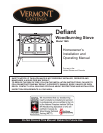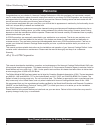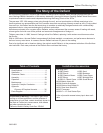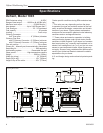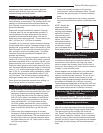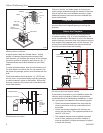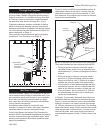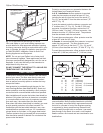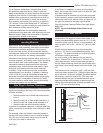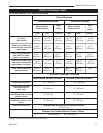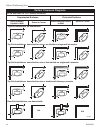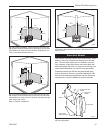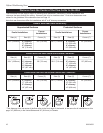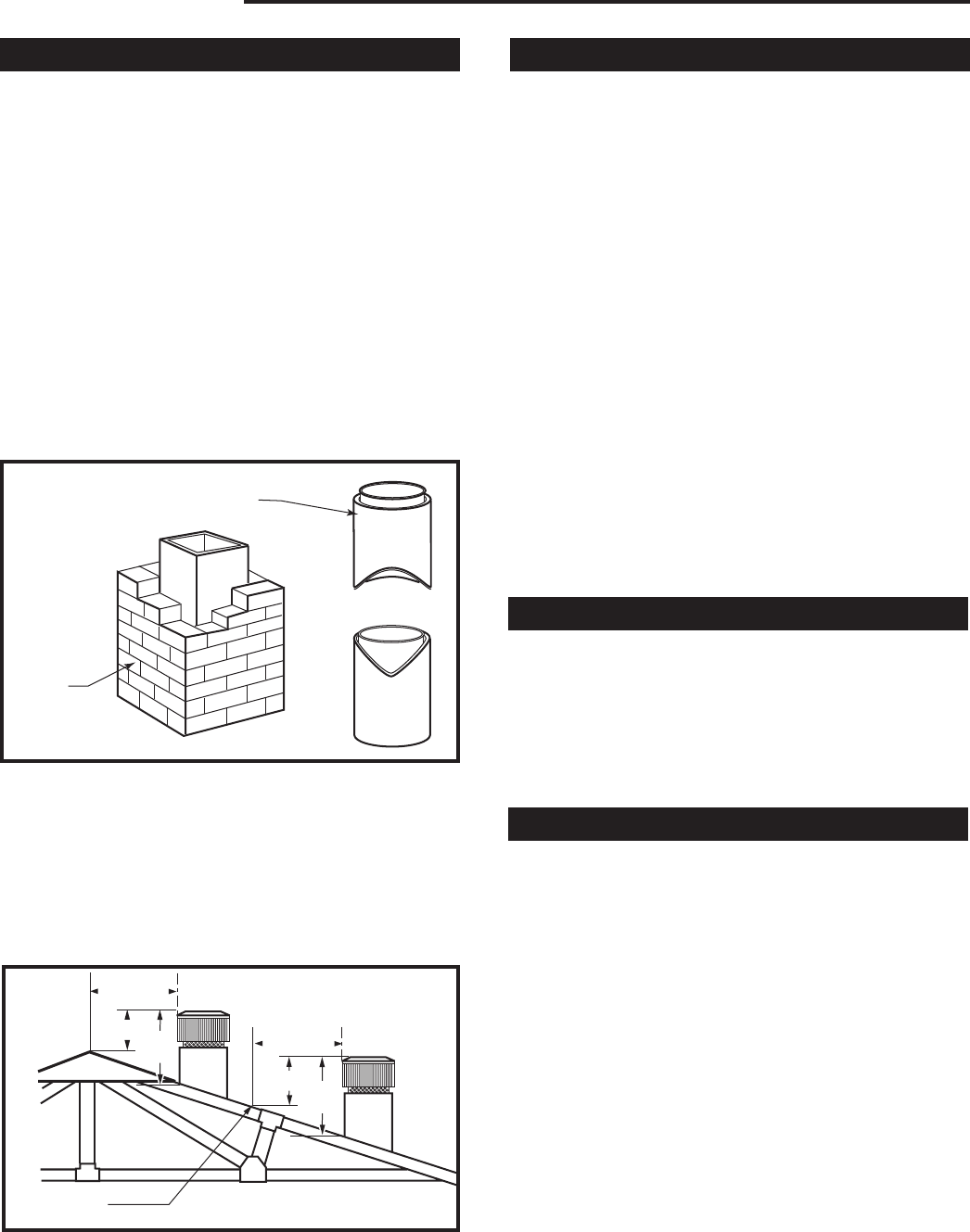
6
Defiant Woodburning Stove
30001693
What Kind of Chimney to Use
You must connect the Defiant to a code-approved
masonry chimney with a flue liner, to a relined masonry
chimney that meets local codes, or to a prefabricated
metal chimney that complies with the requirements
for Type HT chimneys in the Standard for Chimneys,
Factory-Built, Residential Type and Building Heating
Appliance, UL 103. Figure 3 illustrates the two types.
The chimney and chimney connector must be in good
condition and kept clean.
If you use an existing masonry chimney, it must be
inspected to ensure it is in a safe condition before
the stove is installed. Your local professional chimney
sweep, building inspector, or fire department official
will be able to inspect the chimney or provide a refer-
ral to someone who can. See “Chimney and Fireplace
hazards”, in the appendix, for particulars.
ST241
chimney types
12/13/99 djt
A prefabricated double-
wall insulated chimney
A tile-lined
masonry
chimney
ST241
Fig. 3 Approved chimney types.
2' Min.
2' Min.
3'
Min.
0 To 10'
3'
Min.
0 To 10'
AC617
RLTSKC8
2/11/98
Reference
Point
AC617
Fig. 4 The 2’-3’10’ Chimney Rule.
The chimney must extend at least 3’ (194 mm) above
the highest pint where it passes through or past a roof,
and at least 3’ (610 mm) higher than any part of a build-
ing within 10’ (3 m) horizontally. (Fig. 4)
For proper draft and good performance, any chimney
used with a Defiant should extend at least 16’ (5 m)
above the flue collar of the stove.
Masonry Chimneys
An inspection of the chimney must confirm that it has
a lining. Do not use an unlined chimney. The chimney
should have no cracks, loose mortar, other signs of
deterioration, and blockage. Repair any defects before
the chimney is used with your stove.
Unused openings in an existing masonry chimney must
be sealed with masonry to the thickness of the chimney
wall, and the chimney liner should be repaired. Open-
ings sealed with pie plates or wallpaper are a hazard
and should be sealed with mortar or refractory cement.
In the event of a chimney fire, flames and smoke may
be forced out of these unused thimbles.
The chimney should be thoroughly cleaned before use.
A newly-built masonry chimney must conform to the
standards of your local building code or, in the absence
of a local code, to a recognized national code. Masonry
chimneys must be lined, either with code-approved
masonry or pre-cast refractory tiles, stainless steel
pipe, or a code-approved, “poured-in-place” liner. The
chimney’s clean-out door must seal tightly. A loose or
leaky clean-out door can weaken chimney draft to the
stove, causing performance problems.
Prefabricated Chimneys
A prefabricated metal chimney must be one tested and
listed for use with solid-fuel burning appliances to the
High-Temperature (H.T.) Chimney Standard UL-103-
1985 (2100°F) for the United States, and High Temper-
ature (650°C) Standard ULC S-629 for Canada.
DO NOT CONNECT THIS UNIT TO A CHIMNEY FLUE
SERVING ANOTHER APPLIANCE.
Chimney Size
An Defiant with an 8” (203 mm) flue collar is approved
for venting into a masonry chimney with a nominal flue
size of 8” x 8” (203 x 203 mm) or 8” x 12” (203 x 305
mm), and into a round flue with nominal flue size of 8”
(203 mm). An Defiant with a 6” (152 mm) flue collar is
approved for venting into a masonry chimney with a
nominal flue size of 8” x 8” (203 x 203 mm), and into a
round flue with nominal flue of 6” (152 mm).
NOTE: When installed with a 6” flue collar, the Defi-
ant may not be operated with the front doors open.
Whatever the flue collar size, an Defiant may be vented
into larger chimneys as well. However, chimneys
with liners larger than 8” x 12” (203 x 305 mm) may
experience rapid cooling of smoke and reduction in
draft, especially if the chimneys are located outside the
home. These large chimneys may need to be insulated
or have their flues relined for proper stove performance.



